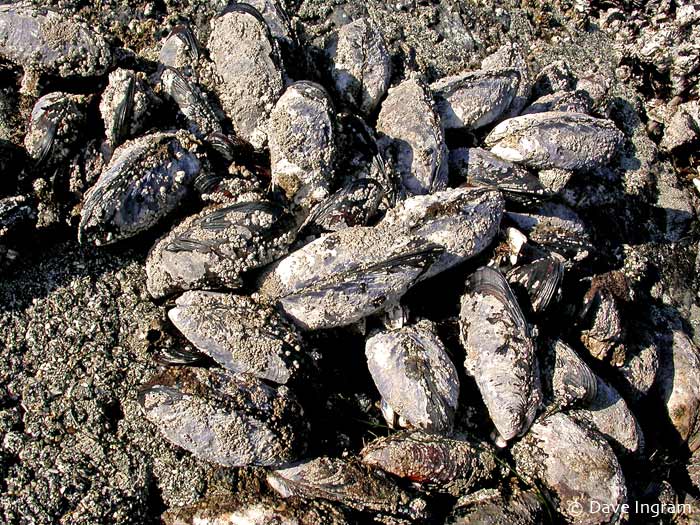We have just returned from a wonderful weekend get-a-way at Pacific Rim National Park Reserve, on the west coast of Vancouver Island. Winter is our favourite time to visit the west coast because there aren’t too many tourists. Rain or shine, the area’s natural beauty is always dazzling.
Established in 1970, Pacific Rim National Park Reserve is one of the most popular National Parks in Canada. If you have made a trip to Pacific Rim you aren’t alone, as the park receives upwards of 700, 000 visitors a year.
Walking the Beaches at Pacific Rim National Park Reserve
We began our weekend with a morning walk at Long Beach, near the Wickaninnish Center. A sandy path winds through the rainforest to the beach. Chest-high salal flanks the trail, and spruce trees loom overhead. With the sound of pounding surf, the trail bursts into the open brilliance of a long sandy beach. Comber after comber breaks onto the shore, mesmerizing the viewer. This is the open Pacific, the edge of the continent.

We found heaps of small, transparent worm tubes along the upper beach. These segmented tubes belong to a marine worm called the Jointed Tubeworm. Parts of the fragile tubes, protruding from the worm’s home in the sand, commonly break off with disturbance such as a storm.
Pacific Razor Clams
On this surf-pounded beach, we found some thin, delicate-looking shells of the Pacific Razor-clam. This beautiful clam is oblong in shape, and has a shiny caramel coloured shell. The inside of the shell is white and sometimes tinged with purple. Razor-clams are bivalves, a group of mollusks that have two shells joined by a hinge.
Razor-clams avoid being pulverized by waves by being extremely fast diggers. They can bury themselves completely in less than seven seconds. To do so they extend a pointed, fleshy “foot” deep into the sand. Under the sand, the tip expands, and acts as an anchor. Muscle contractions pull the clam rapidly downward. Razor-clams only live on the sandy beaches of the open coast.
Pelagic Goose-neck Barnacles
Further along the beach we found a piece of wood with barnacles attached. These weren’t just any barnacles, but another West Coast specialty, the Pelagic Goose-neck Barnacle. This unusual barnacle has a free-floating life on the high seas. It attaches to any drifting object, including wood, buoys, or bottles.

The Pelagic Goose-neck Barnacle has five plates covering the body. The plates are white to bluish-grey, and outlined with orange. This gives the barnacle an elegantly patterned look. A fleshy purplish brown stalk connects the barnacle to its drifting home. To feed, this barnacle extends and retracts hair-like “cirri”. The cirri form a net through which the barnacle filters its food. The downside of the floating life is that Pelagic Goose-neck Barnacles sometimes wash ashore. If exposed for too long, they will perish.
California Mussels
Different marine creatures thrive on different types of beaches, so in the afternoon we decided to explore the rocky shore at low tide. We scrambled over the rugged dark grey volcanic rock of a small islet. Life is crowded on the rocks. Mussels, barnacles, anemones, snails, and a host of creatures vie for space.
One of the most abundant species here are California Mussels. These grow to a most impressive size, and we saw some that were as big as my foot (ladies size eight). California Mussels have a ribbed shell that may be blue, brown, or almost black. The inside of the shell is iridescent blue-grey, and the flesh of the mussel is orange. Mussels attach to rock by tough elastic ligaments called byssus threads. If the ligaments break, the mussel will either be mashed by the waves or become food for another creature.
Giant Green Anemones
Like California Mussels, Giant Green Anemones prefer the surf swept living conditions of the west coast. The anemone displays a flower like ring of tentacles, which are a lovely milky-green colour. The disc with tentacles, which is as wide as 15 cm, is attached to a thick column that ranges from green or olive-brown. The green colouration is largely a result of green algae that have colonized the anemone. Studies suggest that algae may benefit the anemone by providing it with some nutrition.

Though they look harmlessly pretty, anemones are active carnivores, feeding on detached mussels, crabs, urchins and other creatures. The sticky tentacles easily trap prey, which is then swallowed whole by the anemone. The anemone then spits out what it can’t digest. When touched by human fingers, the tentacles of anemones retract. The tentacles stick to the skin slightly, but it is easy to pull away.
Having done a little exploring, it is easy to understand why Pacific Rim National Park Reserve is so popular. It is a spectacular place, rich with life on land (rainforest) and marine environments.
With ever increasing numbers of visitors to Pacific Rim, we must all be aware of the impact humans can have. Nothing should be removed (including shells and driftwood), or harvested from the forests and beaches of the park. Visitors should tread cautiously while exploring these fragile ecosystems. Let’s keep this paradise intact for ourselves, and all the creatures that live there.
About the Contributor:
Jocie Brooks is a naturalist and writer based in the Comox Valley, Vancouver Island, British Columbia.


